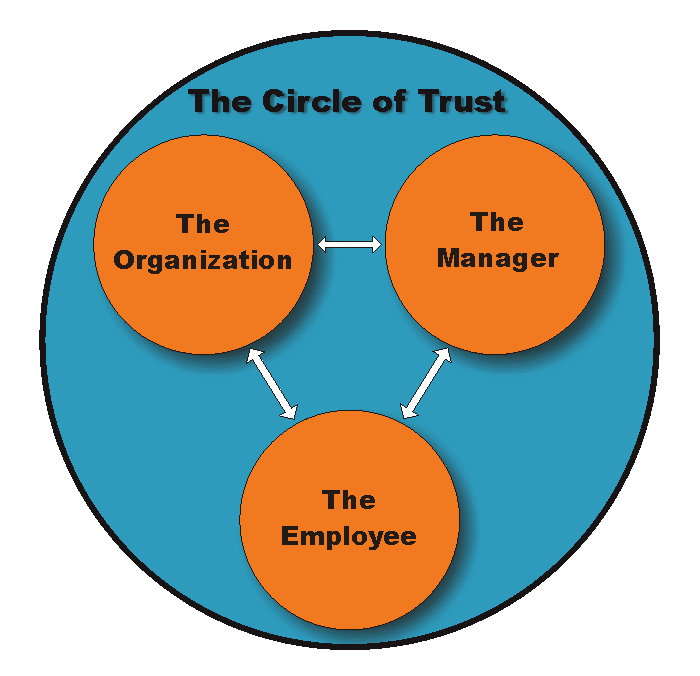Leadership Within – Creating Trust
Posted on: December 9, 2019 Trust is an essential component of all workplace relationships. When trust is firmly entrenched,employees feel supported by peers, supervisors,
Trust is an essential component of all workplace relationships. When trust is firmly entrenched,employees feel supported by peers, supervisors,managers and the organization. Trust goes beyond words to actions, reactions and practices. Trust
creates a more cohesive, functional and effective team.
A recent survey of nearly 13,000 workers in all job levels and industries reveals that fewer than two out of five employees today have trust or confidence in their senior leaders.
An organizational lack of trust can also be the result of perceived incompetence, lack of direction, or a sense that the organization is floating
on past accomplishments. This loss of trust can be devastating to an organization’s performance. When team members lack confidence in management, their productivity falls, organizational turnover increases, rumors spread and cynicism often sets in, resulting in an erosion of initiative.
Trust is an essential component of all functionally effective workplace relationships. When trust is firmly entrenched, the benefits are expansive:
- Employees connect at a higher level with the organization
- Better mistakes are made
- Better decisions emerge
- Communication is dynamic
- Rumors disappear
- Attitudes improve
- Productivity rises
- Service levels increase
- Employees advance in their careers
- Leadership and effective delegation become commonplace
- Negotiations are positive
- Performance management focuses on future

How do you know if you are trusted? What behaviours do you need to exhibit for your team to trust more fully? The following self assessment form is based on a number of academic studies and books which detail the traits sought in a highly trusting environment.
When you complete the assessment, you will find that each question will require you to assess how you feel about the criteria. Your goal as aleader is to embrace the seven qualities of effective leaders (Envision, Engage, Persuade, Empower, Exemplify, Execute and Acknowledge). In other words, to provide leadership, empowerment and then get out of the way of your team.
If you approach the following questionnaire with that thought, how do you assess your level of trust from others?

What are the right outcomes to have the most effective trust?
The lower you score on these measurement areas the better you are at building an authentic, trust based relationship.
Use the following to self-reflect on your options for improving trust.

